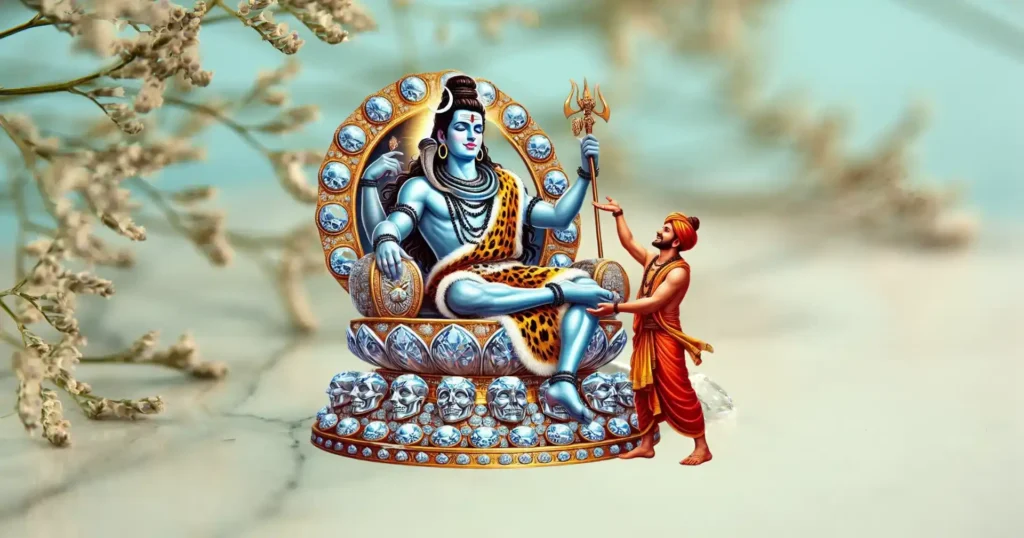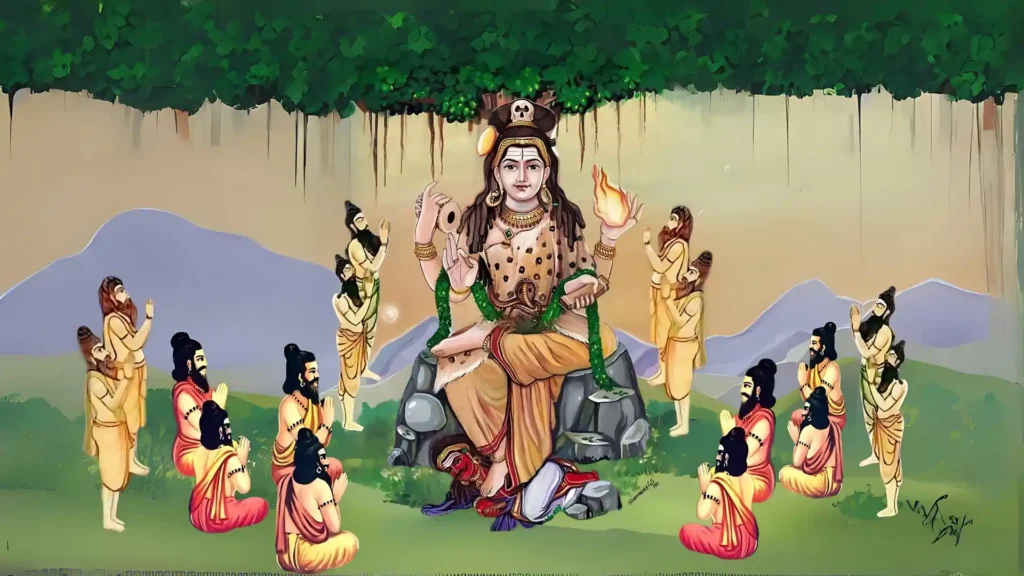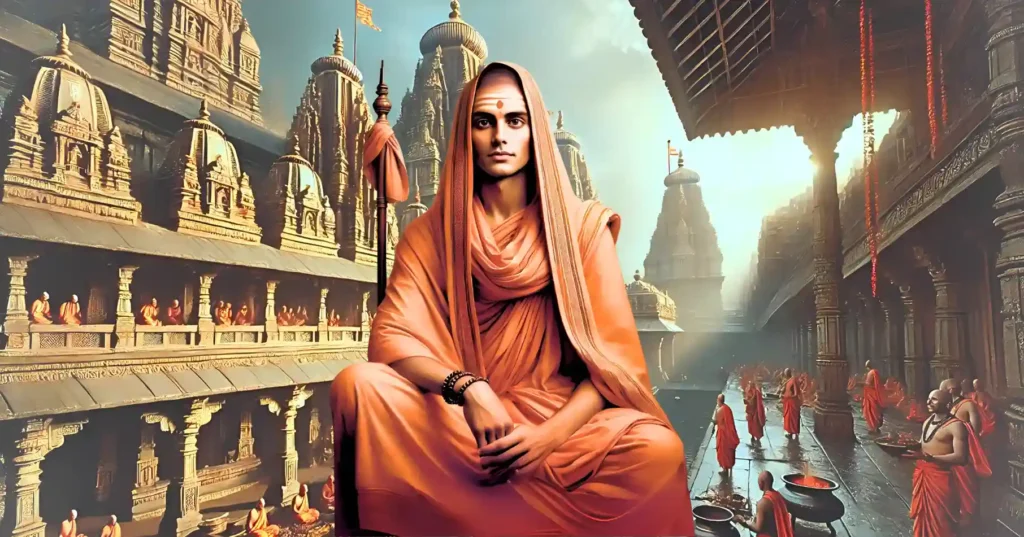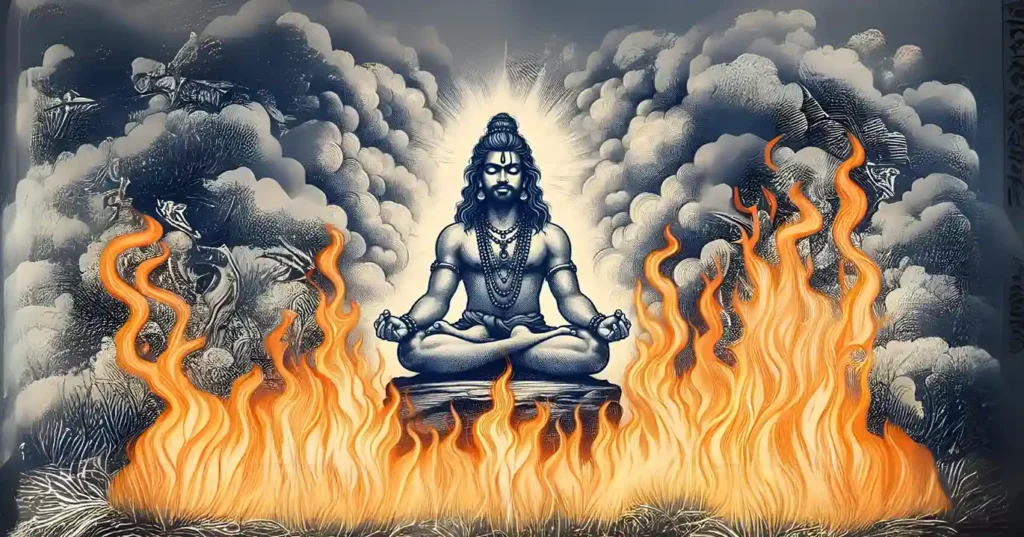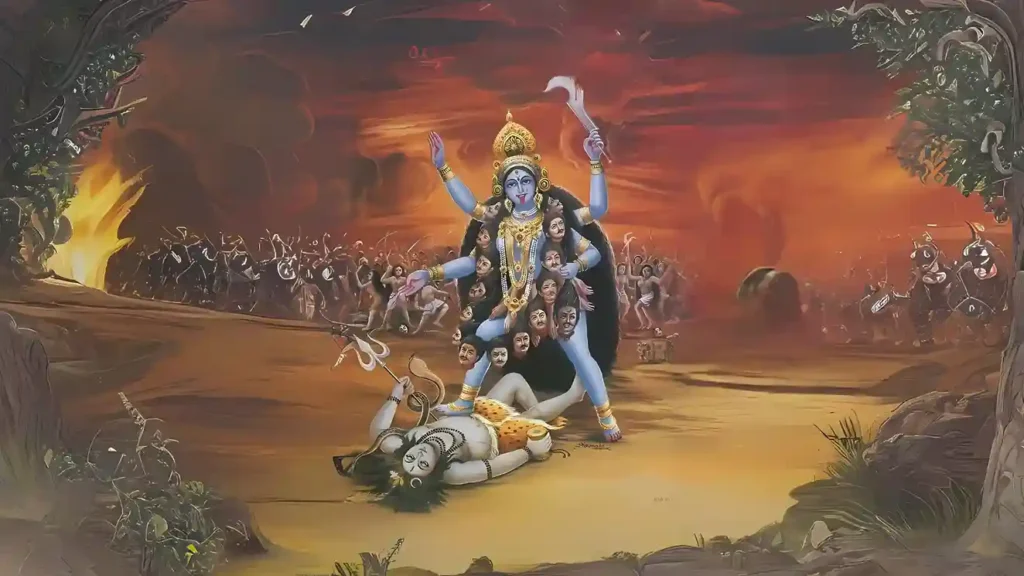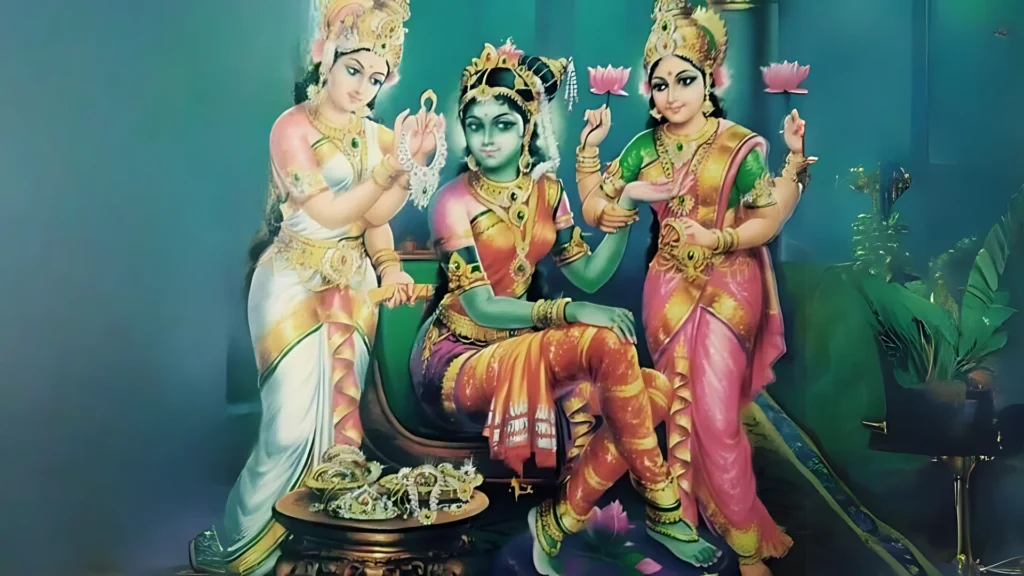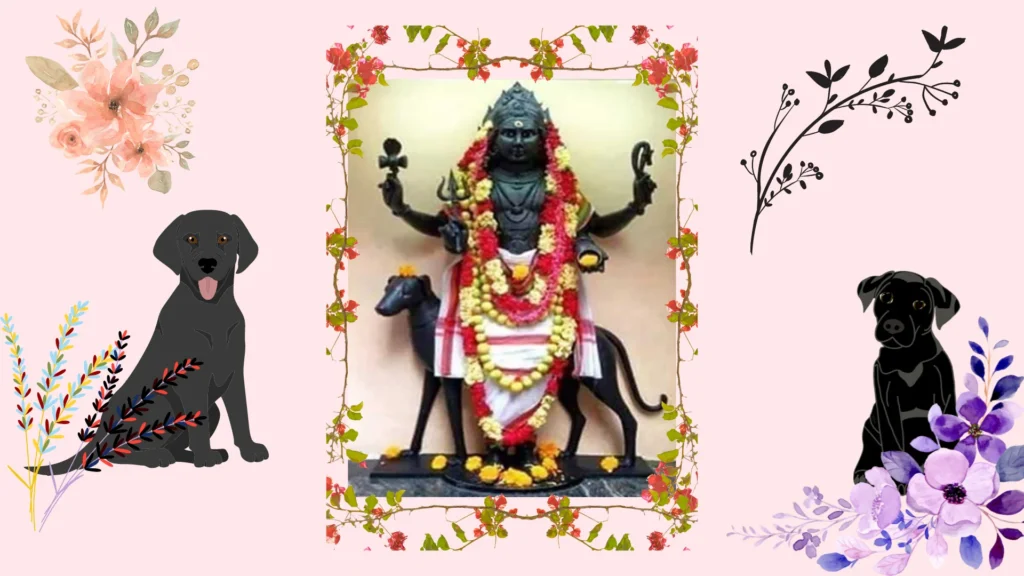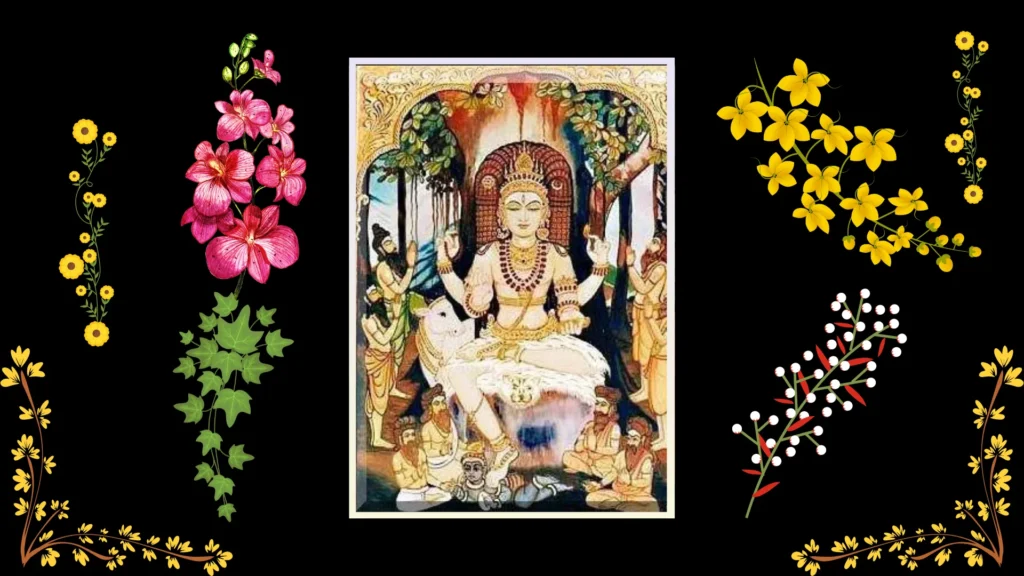Yogic Consciousness: 6 Powerful Channels
Yoga, Bhakti, and Consciousness are the three timeless pathways emphasized in this post, guiding all beings toward liberation. They represent Yogic Consciousness. These 6 Yogic Paths reflect the evolution of consciousness and culminate in Bhakti and surrender, the supreme means in Kali Yuga.




